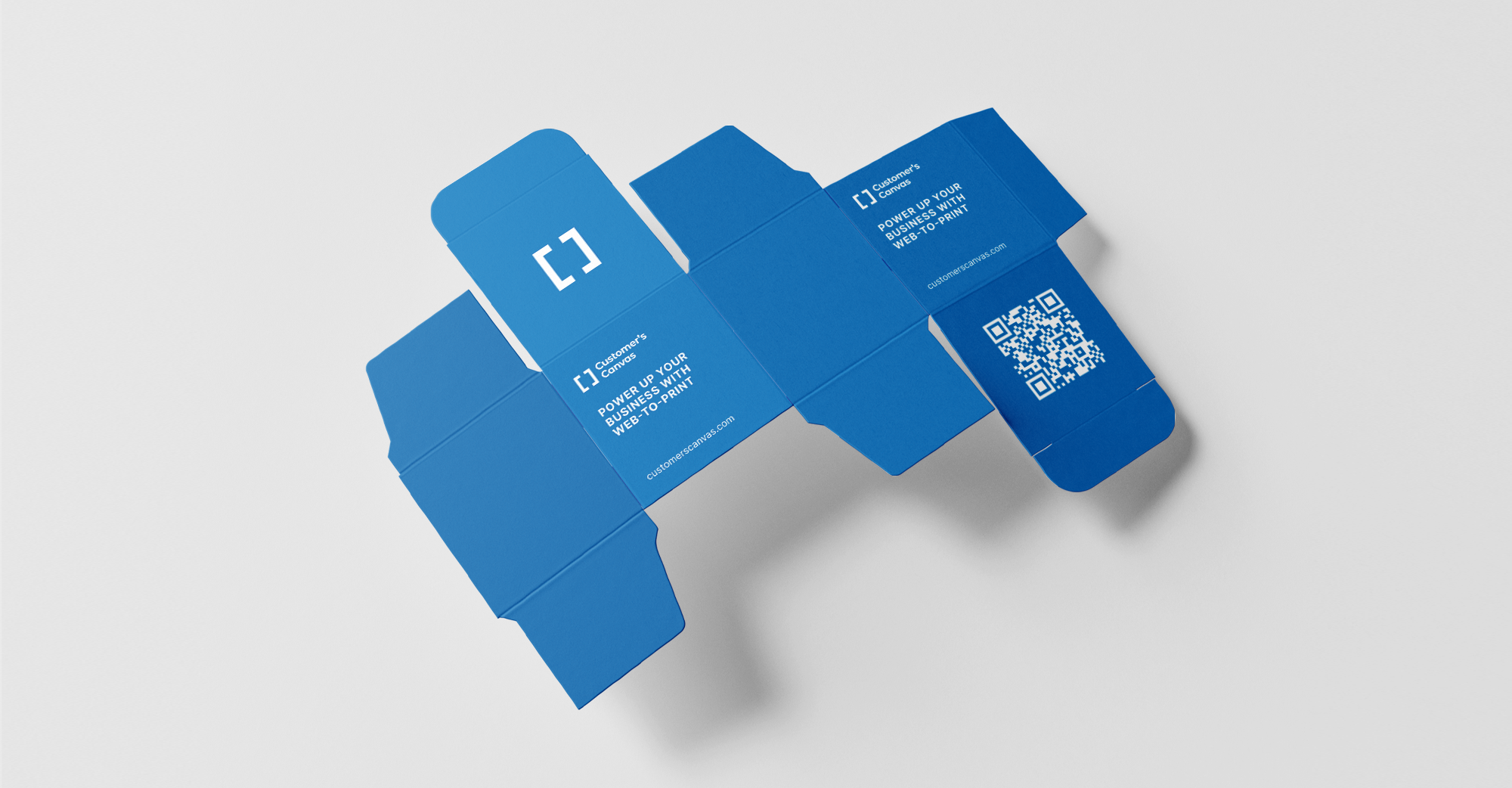After life milestones like a wedding or a child’s birthday, people want to save their cherished moments in custom photobooks. Modern web-to-print technologies allow end-users to create entire photobooks online. It isn’t necessary for customers to send a ton of photos to a printing office and go back and forth for ages on the design. Instead, let your customers buy bespoke photo book albums online with web-to-print. This technology can revolutionize your business, but it’s important to plan out the personalization workflow to make the ordering process easier for your users.
Prepare a library of photobook templates
The client’s path on your site usually starts at the online catalog. To streamline navigation, you can prepare photobook templates and group them by style, theme, or purpose.

You can categorize these albums by topics like weddings, welcoming a newborn, family, vacation, and other events. Alternatively, give your customers total freedom to create their photo album however they wish by offering a blank template option. In this case, consider that editing from scratch requires decent design skills from your clients.

Think through a multi-step workflow
A photobook is a multi-page print product with a design process consisting of several separate stages: making a cover, uploading photos, previewing, and other steps. Since people upload several graphic elements, the web-to-print software must be reliable enough to process all the data.
Define a cover editor
During the first editing steps, your customers may choose the photobook cover by toggling options like the material type, color, or shape. There are plenty of photobook cover designs. The right fit for your client all depends on your technical capabilities and their imagination.
For example, your clients may want an eco-leather cover with embossing or a cloth cover with a nameplate. You can even offer uncommon materials for photobook covers like wood or acrylic.

Next, your customers can insert their names and other information into the album title. If you don’t want them to change design elements like the font, size, or title position, you can apply an interface that prohibits manipulating design elements.
Enable uploading photos from different devices
Many people now store their photos on social media and other areas besides their camera roll. Your customers might appreciate the option to upload their photos into the design editor from apps like Instagram. To enable this function, integrate your web-to-print tool with external image sources.
Imagine that your clients are personalizing a photobook after a memorable trip. In addition to their uploaded photos, they may want to insert some professional images of sights from a photo bank like Depositphotos. For user convenience, you can optimize the design editor interface for different devices like mobile phones or tablets. Your clients will be able to upload their photos directly to the editor using only a smartphone.

Consider providing customers with a feature that checks if the photo resolution meets printing requirements. You can embed this function in the design editor interface.
Note
With API technology, the Customer’s Canvas web-to-print tool is capable of implementing various kinds of third-party integrations with social media, photo banks, storage, or any other software.
Help your customers with layouts and placeholders
Give your users a hand as they create their stylish photobook designs with layouts and placeholders. Layouts define the number of pictures and their arrangement on the page spread. To get customers more involved in the personalization process, you can let them change the layout for each spread, set a background color or pattern, and add some captions to tell their story.

Clients can upload their images to preconfigured placeholders. These special elements with various shapes serve as areas where users can insert their photos. Placeholders don’t necessarily require a rectangular shape – they can be circles, ovals, or squares. These elements can be filled in automatically.
Note
To maintain a large amount of graphic data, you need a capable web-to-print tool. Customer’s Canvas is up to the challenge! The Customer’s Canvas team integrated the design editor with an online photobook store. In this case, clients can choose a template from the online catalog of photobooks, change the layouts by selecting the number of pictures on the spread, and upload the photos.
Make the design process intuitive
Give your clients the freedom to manipulate objects by rotating, resizing, or applying filters. Alternatively, assign restrictions and block elements to prevent design damage.
You can furnish the design editor interface with special hints to make it more responsive and intuitive for end-users.
Note
Imagine that you start personalizing a photobook online and realize that some of your photos are stored on another device, for example, a laptop. Modern web-to-print technology makes this problem a non-issue. The Customer’s Canvas web-to-print tool has a feature that allows users to save their projects right in the design editor. If you haven't finished personalizing the product, you can continue to edit it on any device at any time.
Let customers choose backgrounds and clipart
You can play an active role in helping your customers create unique photobooks by preparing a library of backgrounds and clipart. Gradient color palettes or even predesigned ornamental patterns add some extra flair to your customers’ background options.

Allow customers to preview their photobooks
A photobook is a complex printed product, so your customers may want to see how it will appear in real life. You can display a photobook in 3D during the preview process to make it look more realistic. For example, the final design can be shown in a natural setting on a physical object or surface like a wooden desk. Customers may also see the book spreads in the preview and check if they uploaded their photos correctly.

Integrate web-to-print with e-commerce
Selling photobooks online involves the transfer and storage of large amounts of graphical data. To organize data storage and order processing, you can integrate a web-to-print solution with your e-commerce or MIS system. All the data will automatically appear in this solution for further processing. It includes photos, design files, order information, and other data like finishing options.
Customers may want to add some embellishments to their photobooks, such as embossing or debossing. These options may affect the final product price, and web-to-print can send this information to your e-commerce module.
Note
Increase sales by offering customers additional services like another print product related to their current order. For instance, if your clients create a photobook dedicated to a recent vacation, you can offer to add a magnet with one of their uploaded photos to the order. The Customer’s Canvas solution allows users to create print products on a wide range of surfaces, from paper to plastic and even metal.
Add a photobook editor to your storefront and start selling online
Modern web-to-print technologies make selling photobooks online easier than ever through automation. We provided a rundown in this post of the design editor’s key features you can implement and offer to your customers.
Let’s review the steps to convenient integration that will make selling photobooks online a breeze:
- Prepare a library of photobook templates: group them by style or purpose to help customers find what they need.
- Think through a multi-step workflow:
- Implement a design editor for photobook covers: offer various cover options like the type of material or embellishments.
- Let your customers upload their photos from different devices by integrating third-party solutions like Depositphotos.
- Facilitate the uploading process: prepare layouts and placeholders for clients’ photos.
- Make the personalization process intuitive: build a user-friendly interface adapted for mobile devices.
- Display the final photobook design with a preview to boost sales.
3. Integrate the web-to-print tool with e-commerce to streamline order processing.
Customer’s Canvas is a web-to-print solution that can meet all of these tasks and adapt to your unique business needs and equipment setup. If you want to sell photobooks online with a modern web-to-print tool, don’t hesitate to contact us.


